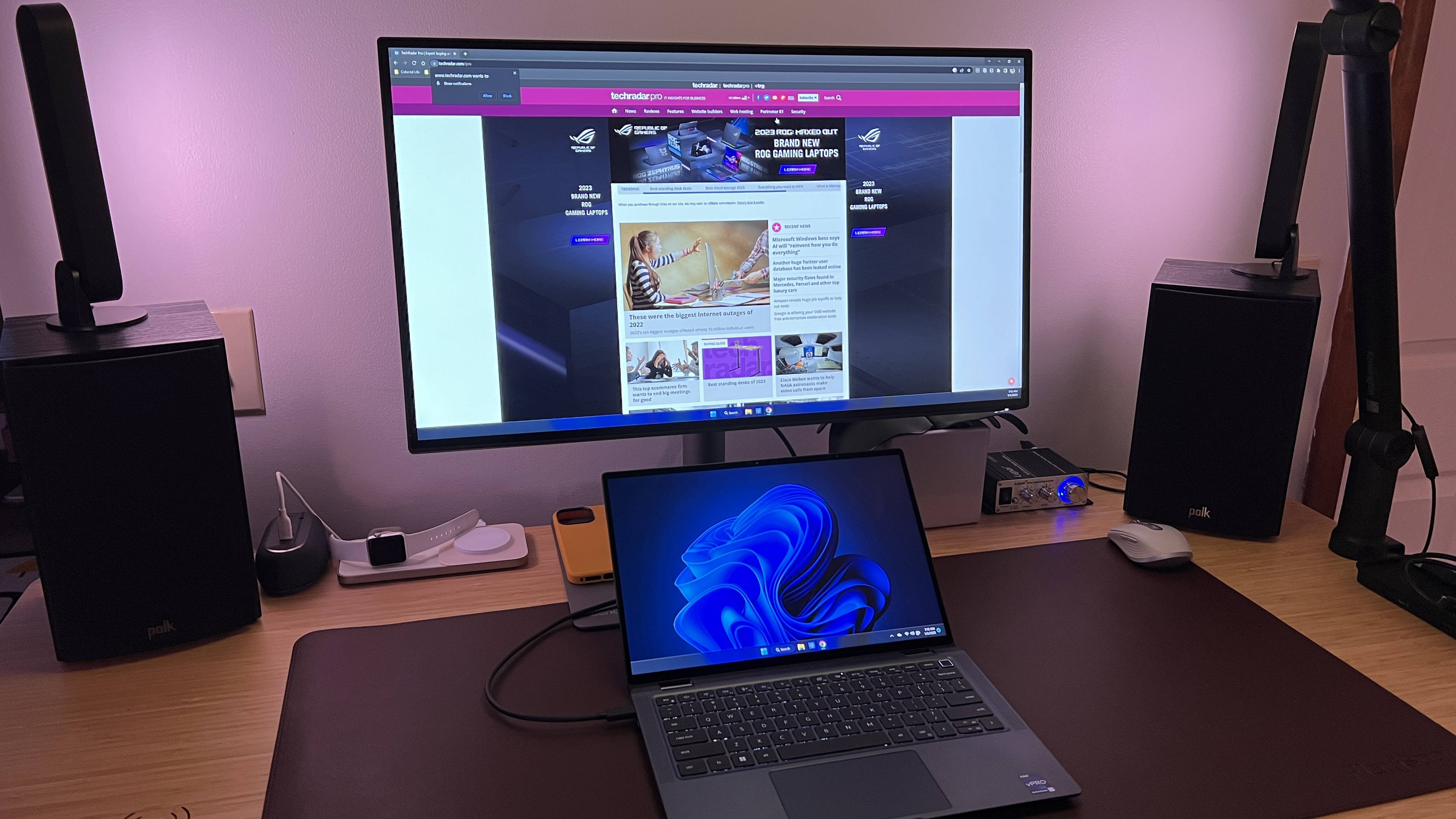Tech companies have been consistently laying off employees since late 2022.
As of Jan. 25, 82 tech companies have laid off 23,670 workers in 2024.
A total of 262,682 workers in tech lost their jobs in 2023 compared with 164,969 in 2022. The amount of layoffs in 2023 — a total of 1,186 companies — also surpassed 2022, when 1,061 companies in tech laid off workers — and that total was more than in 2020 and 2021 combined.
Amazon saw the most workers laid off in 2023 (27,410 workers) followed by Meta (21,000), Google (12,115) and Microsoft (11,158).
These layoffs are a peculiar outlier in an otherwise strong employment environment: The unemployment rate has hovered between 3.4% and 3.8% since Feb. 2022, Bureau of Labor Statistics data shows.
Nerd out on investing news
A NerdWallet account is the smartest way to see the latest financial news and what it means for your wallet.
These layoffs are a peculiar outlier in an otherwise strong employment environment: The unemployment rate has hovered between 3.4% and 3.8% since Feb. 2022, bureau data shows.
And quit rates — which reflect worker confidence — this year are consistently at some of the highest levels in more than 20 years, according to the Federal Reserve Bank of St. Louis.
What’s going on with layoffs in tech?
The biggest tech layoffs have occurred at high-profile companies. Here are some of the biggest layoffs in tech since 2022, beginning with the most recent:
-
On Jan. 25, Microsoft laid off 1,900 video gaming staff members — about 9% of workers in the division — following an acquisition of Activision Blizzard.
-
On Jan. 23, eBay laid off 1,000 workers, or 9% of its staff.
-
On Jan. 22, TikTok laid off 60 workers primarily in its sales and advertising division.
-
On Jan. 19, WayFair, an e-commerce home furnishing company, laid off 1,650 workers — about 13% of its staff.
-
On Jan. 16, Google said it was laying off a few hundred of its advertising sales staff.
-
On Jan. 11, Discord, a social messaging startup, laid off about 170 workers — 17% of its staff.
-
On Jan. 11, Audible, Amazon’s audiobook and podcast app, laid off more than 100 employees — about 5% of its staff.
-
On Jan. 11, Google laid off about 1,000 of its workers.
-
On Jan. 9, Twitch, a video live-streaming service, laid off 500 employees — about 35% of its staff.
-
On Jan. 9, Rent the Runway, a fashion rental company, laid off 37 employees — bout 10% of its staff.
-
During the month of December, Duolingo, the virtual language tutoring app, laid off 10% of its contract workers citing advances in AI technology that are expected to streamline its translation and content creation.
-
On Dec. 18, Enphase Energy, a microinverter supplier, laid off 350 employees — about 10% of its staff.
-
On Dec. 15, Intel, the technology and semiconductor manufacturing chip company, laid off 235 employees.
-
On Dec. 14, Cruise, the self-driving car subsidiary, laid off 900 employees — about 24% of its staff.
-
On Dec. 13, Etsy, the e-commerce company for handmade and vintage sellers, laid off 11% of its staff — about 225 workers.
-
On Dec. 4, Spotify, the music streaming giant, announced it would lay off 1,500 workers — about 17% of its staff.
-
On Nov. 30, Vox Media laid off 4% of its workers. It was the second round of layoffs in 2023 after cutting 7% of its staff in January.
-
On Nov. 28, Qualcomm, a semiconductor company, announced it would layoff 1,258 workers in December.
-
On Nov. 7, Nextdoor, a hyperlocal social networking app, laid off 25% of its staff.
-
On Nov. 3, OpenSea, an NFT marketplace, announced it would lay off half of its staff.
-
On Oct. 12, Qualcomm, a semiconductor and software company, laid off 1,258 employees — about 12% of its workforce.
-
On Oct. 16, Bandcamp, a music and audio distribution company, announced that 58 of its employees — about 50% of its staff — had been let go. Bandcamp’s parent company, Epic Games, announced in September that it was selling Bandcamp to Songtradr, a B2B music platform.
-
On Oct. 16, LinkedIn, which is owned by Microsoft, announced it would lay off 668 employees, or about 3% of its staff.
The majority of layoffs happened earlier in 2023 and in late 2022 and included mass layoffs at Accenture, an IT company; Amazon; Meta, which owns Facebook and Instagram; Zoom Video Communications, Inc.; Dell; Spotify; Google-parent Alphabet; Microsoft; and Twitter.
Other big-name companies laid off employees in 2023 and they run gamut of what tech has to offer: crypto (Coinbase), e-commerce (Shopify), ridesharing (Lyft), online payments (Stripe), work management platform (Asana) and an online real estate broker (Redfin). The list goes on and on.
When did all of the tech layoffs start?
Roger Lee, creator of Layoffs.fyi, has been following layoffs in tech since 2020 as startups started laying off employees during the early days of the pandemic. According to Lee, the pandemic created an opportunity for people to increasingly turn to the Internet for work, shopping and socializing. In response, tech companies went on a hiring spree to meet consumer demand.
This growth in tech employment started in late 2020 and lasted through 2021. At the same time the Federal Reserve’s policy slashed interest rates throughout 2021, which enabled tech companies to raise capital and invest in growth, Lee said. But both trends reversed in early 2022.
The majority of layoffs at the beginning of 2022 came from startups, according to Lee. But in late 2022 and early 2023 it started to creep into bigger tech, as well. Lee also said that “Big Tech” layoffs like those seen at Meta and Twitter “present a unique opportunity to recruit a caliber of talent that would’ve previously been impossible to attract.”
Note: This story originally published on Dec. 1, 2022 and included an interview with layoffs.fyi creator Roger Lee. It has been updated regularly since publication with new data and information on layoffs in the tech industry.
(Photo by Photo by Michael M. Santiago/Getty Images News via Getty Images)





